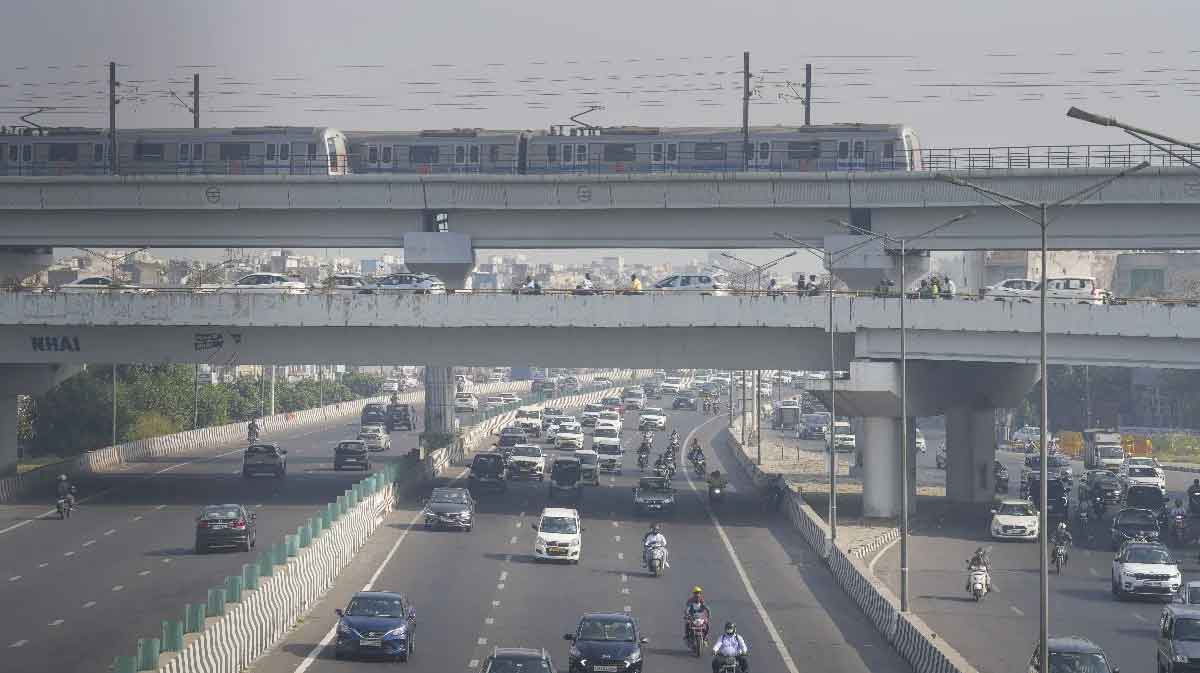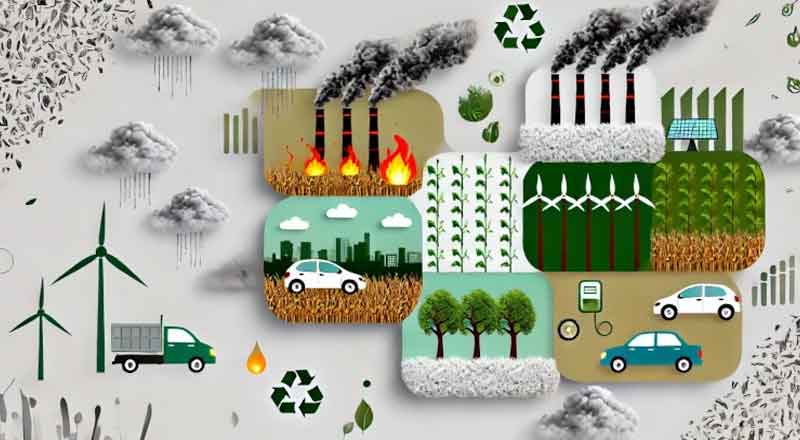After four days of remaining “very poor”, Delhi’s air quality improved on Friday with the Air Quality Index (AQI) reading 270 due to favourable wind speed, putting it in the “poor” category.
However, experts cautioned that the relief may be short-lived, as pollution levels are expected to rise again in three days due to changing weather conditions.
The 24-hour average AQI recorded till 4 pm on Friday was 270 as against 306 on Thursday, Central Pollution Control Board (CPCB) data showed.
The AQI levels in Anand Vihar, Jahangirpuri, Mundka, and Wazirpur were recorded in the “very poor” category on Friday, even as 32 monitoring stations recorded “poor” air quality.
In the neighboring Greater Noida, Gurugram and Ghaziabad, the air quality was better at “moderate” category.
An AQI between zero and 50 is considered “good”, 51 and 100 “satisfactory”, 101 and 200 “moderate”, 201 and 300 “poor”, 301 and 400 “very poor”, and 401 and 500 “severe”.
According to the Air Quality Early Warning System (AQEWS), Delhi’s AQI improved to the “poor” category driven by a sudden change in wind direction and speed. The wind shifted from northwest to east and southeast.
Similar wind conditions are expected over the next one to two days, but the pollution levels may rise again in three-four days due to unfavourable weather conditions with the AQI likely to touch 400 by October 31, AQEWS said.
The Commission for Air Quality Management (CAQM) has currently imposed GRAP Stage 2 in Delhi and may consider advancing to GRAP Stage 3 or 4 to control the anticipated pollution surge, it added.
During the winter months, Delhi experiences severe spike in pollution driven by a combination of factors such as low wind speed, dropping temperatures, high moisture levels and the presence of pollution particles that act as surfaces for condensation.
The prominent pollutant in Delhi on Friday was PM-10 and PM-2.5, according to official data.
PM-10 is a particulate matter that is 10 micrometre or less in diameter. These tiny solid or liquid particles suspended in the air can be inhaled into the lungs.
The sources of PM-10 include dust, pollen, mold, vehicle exhaust and industrial emissions, which can cause respiratory problems because they can penetrate deep into the lungs, potentially leading to ailments such as asthma, bronchitis and other respiratory diseases.
Long-term exposure can also increase the risk of heart and lung diseases.
The PM-2.5 level was recorded at 108 microgram per cubic metre at 5 pm on Friday, according to CPCB data.
PM-2.5 refers to fine inhalable particles with a diameter generally measuring 2.5 micrometre and smaller, posing the greatest risk to health.
Meanwhile, Delhi’s transport sector was the biggest contributor to pollution, with emissions from transportation accounting for approximately 15.8 per cent of the city’s air pollution on Friday, according to the Centre’s Decision Support System for Air Quality Management.
It also predicted that transport sector will remain the top contributor to Delhi’s pollution over the next two days.
Delhi Environment Minister Gopal Rai on Friday conducted a demonstration, showcasing drone-based services to identify sources of pollution in the hotspot areas, saying if this pilot is successful, improvements will be made in the highly-polluted regions.
During the demonstration at Wazirpur, one of the city’s pollution hotspots, Rai also discussed the recently released 21-point Winter Action Plan designed to tackle various pollution sources, including dust, vehicle emissions, and open burning.
Urging the residents to actively participate in pollution reduction efforts, Rai said, “The Delhi government is working tirelessly day and night to combat pollution.” Earlier on Friday, Mayor Shelly Oberoi held a press conference highlighting the actions taken by the Municipal Corporation of Delhi (MCD) to combat pollution in the city.
According to the mayor, the civic body has formed 372 surveillance teams to monitor pollution, with 1,295 officials working on shifts round-the-clock.
A total of 57,000 sanitation workers have been deployed for manual sweeping on the roads. Additionally, 52 mechanical road sweeping machines have been stationed, along with 195 water sprinklers and jetting machines, Oberoi said.
Also, 30 anti-smog guns have been installed at locations identified by the Delhi Pollution Control Committee (DPCC), she said, adding that 20 anti-smog guns have been installed at C&D waste sites and energy plants, while 15 guns have been mounted on high-rise MCD buildings and 32 at different construction sites.
As Delhi’s air quality improved on Friday, the daytime temperature was recorded at 34 degrees Celsius, two notches above normal, according to the weather department.
The weather department has forecast clear sky on Saturday while the maximum and minimum temperatures are expected to settle around 33 degrees Celsius and 19 degrees Celsius, respectively.
(This story has not been edited by News18 staff and is published from a syndicated news agency feed – (PTI)





